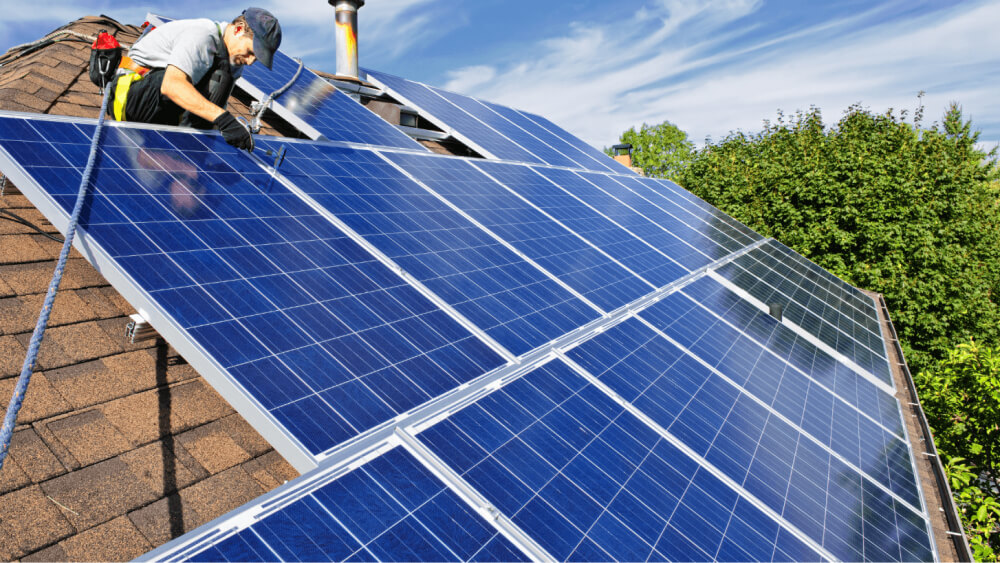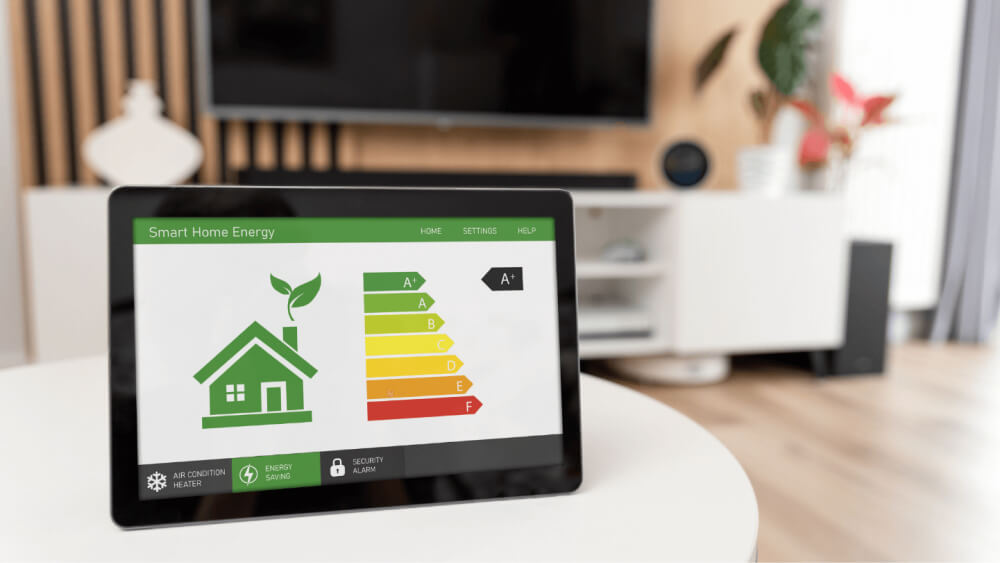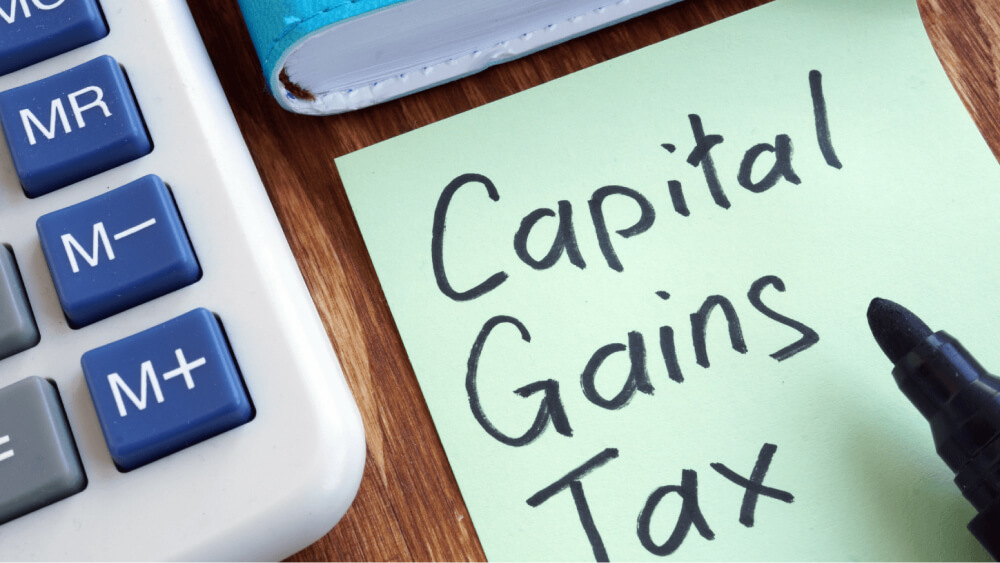Take Note of These Real Estate Tax Changes Effective in 2023

Featured Topics:
Break out the tinsel and the tax forms – it’s almost that time of year again! We’re not skipping the holidays, but tax season is upon us, too.
As a property owner, developer, or seller, staying informed about the latest real estate tax changes is critical to maximizing your financial gains and minimizing your tax burdens.
In this blog, we’ll dive deep into the tax changes that took effect in 2023. From understanding how to qualify for the increased clean energy tax credit and the implications of the critical changes to IRC 179D (Energy-Efficient Commercial Building Deduction) to navigating the adjusted income thresholds for long-term capital gains tax, our comprehensive guide will equip you with the insights you need for tax planning.
Clean Energy Tax Credit for Homebuilders
Key Change: Increased Maximum Tax Credit

As a result of the Inflation Reduction Act, multifamily developers, investors, and homebuilders who meet energy efficiency requirements can now qualify for a tax credit ranging from $500 to $5,000. This is a substantial increase compared to the previous maximum credit of $2,000.
Here’s how the tax credit breakdown looks for different types of properties:
For multi-family homes:
- $500 tax credit if the property meets the Energy Star Single Family New Homes Program.
- $1,000 tax credit when the property is certified as a Zero Energy Ready Home by the Department of Energy.
For single-family and manufactured homes:
- $2,500 tax credit if the property is constructed following the standards of the Energy Star Residential New Construction Program or the Manufactured Homes Program.
- $5,000 tax credit when the property is certified as a Zero Energy Ready Home by the Department of Energy.
Residential Clean Energy Credit
Key Change: Inclusion of Battery Storage Technology as Qualified Expense

The credit allows for a 30% claim of equipment and installation costs for renewable energy systems installed in your primary residence. The eligibility for this tax credit is based on residency, not ownership. It applies to the home where you generally live the most. This means that the following are ineligible for the credit:
- Landlords/lessors
- Owners who don’t live on the property
- Those who use the property solely for business – The full credit is still available for partial business use of up to 20%. Meanwhile, if business use exceeds 20%, the credit will be computed against the share of expenses attributable to nonbusiness use.
The qualified expenses under the residential clean energy credit include the cost of new clean energy properties such as solar electric panels, wind turbines, geothermal heat pumps, fuel cells, and solar water heaters. Under the recent changes effective from 2023, the cost of battery storage technology with at least three kilowatt-hours is now a qualified expense. This latest inclusion allows homeowners to benefit from the credit when installing battery storage systems.
Energy-Efficient Home Improvement Credit
Key Changes: Increased Credit Percentage, Repeal of the $500 Lifetime Limit
The energy-efficient home improvement credit is a great way for homeowners to save on taxes while making improvements that benefit the environment. The good news is that the credit percentage has increased to 30% of the qualified expenses, up from the previous 10%. Eligible expenses include qualified energy efficiency improvements installed during the year, residential energy property expenses, and home energy audits.
Previously, a $500 lifetime limit was imposed on the energy-efficient home improvement credit. However, that limit has now been repealed. In its place, the credit will be capped at $1,200 per year. This new cap provides homeowners with a broader range of opportunities to make energy-saving improvements.

Section 179D – Energy-Efficient Commercial Building Deduction
Key Changes: Expanded List of Eligible Taxpayers, Increased Deduction Per Square Foot, Lower Energy Reduction Requirement
The changes to Section 179D expanded the number of building owners and businesses that can qualify for the deduction, thus maximizing tax savings:
1. Expanded List of Eligible Taxpayers: The energy reduction requirement has been reduced from 50% to 25%. This reduction makes it easier for older properties and buildings that may have previously failed to meet the higher threshold to qualify for the deduction. This change expands the opportunity for more buildings to benefit from the energy efficiency upgrades.
2. Lower Energy Reduction Requirement: The energy reduction requirement has been reduced from 50% to 25%. This reduction makes it easier for older properties and buildings that may have previously failed to meet the higher threshold to now qualify for the deduction. This change expands the opportunity for more buildings to benefit from the energy efficiency upgrades.
3. Increased Deduction Amount: The lifetime deduction limit of $1.88 per square foot has been removed. As a result, taxpayers can now benefit from a higher deduction amount per square foot. Beginning 2023, the deduction amount is structured as follows:
- For achieving 25% energy savings: $0.54 per square foot.
- An additional $0.02 per square foot for each extra percentage point of energy savings achieved above the 25% baseline, up to a maximum of $1.07 per square foot for 50% or more energy savings.
In addition, if you meet the prevailing wage and apprenticeship standards in your locality, the deduction amount increases significantly:
- For achieving 25% energy savings: $2.68 per square foot.
- An additional $0.11 per square foot for each extra percentage point of energy savings achieved above the 25% baseline, up to a maximum of $5.36 per square foot for 50% or more energy savings.
By meeting the energy reduction requirement and taking advantage of the increased deduction amounts, you can reduce your tax liabilities while promoting sustainability and environmental responsibility. To ensure eligibility and optimize the benefits of Section 179D, consult with a tax professional to help you navigate the requirements and deduction computation.
Long-Term Capital Gains Tax
Key Change: Adjusted Income Thresholds

In real estate investments, you must consider the capital gains tax you may incur when selling your property. Depending on your income and filing status, the tax rates for long-term capital gains are 0%, 15%, and 20%.
Although the tax rates for long-term capital gains remain unchanged, the income thresholds for these rates have been adjusted to account for inflation:
- 0% Rate Applies to:
- Single Returns – Taxable income up to $44,625
- Head of Household Filers – $59,750
- Joint Returns – $ 89,250
- 15% Rate Applies to:
- Single Returns – Taxable income of more than $44,625 but less than $492,301
- Head of Household Filers – More than $59,750 but less than $523,051
- Joint Returns – More than $89,250 but less than $553,851
- 20% Rate Applies to:
- Single Returns – Taxable income of $492,301 and higher
- Head of Household Filers – $523,051 and higher
- Joint Returns – $553,851 and higher
On top of the rates mentioned above, whichever is applicable, individuals earning $125,000 or more per year are subject to a net investment income tax of 3.8% on capital gains from real estate.
Knowing these adjusted income thresholds is essential to estimate the capital gains tax you might owe accurately. That way, you can plan your finances accordingly and comply with the tax regulations when selling your real estate investment. If you’re unsure about any of it or want to maximize your tax optimization, it’s always wise to seek the advice of a trusted tax advisor who can guide you through the process.
Safe Harbor Accounting for Real Estate Developers (Revenue Procedure 2023-9)
Key Change: Treatment of ACM As a Method of Accounting

Developers often incur costs for common improvements in real estate projects, such as roads, sidewalks, and playgrounds, which are shared among multiple lots. These upfront costs don’t generate immediate revenue and create a timing difference between expenses and income recognition.
Previously, developers could only allocate costs for already incurred common improvement expenses to the base of lots held for sale under the accrual method. This resulted in earlier recognition of income and higher tax liability. To provide a solution, the IRS introduced the Alternative Cost Method (ACM), allowing developers to include future common development costs on the tax basis. However, using ACM came with burdensome requirements, including project-specific disclosures, annual statements, and an extended statute of limitations on tax returns.
To ease these administrative burdens, Revenue Procedure 2023-9 now treats ACM as an accounting method under Section 446. Developers no longer need to make project-specific elections. Instead, you can either file a Form 3115 or a short Form 3115 if specific scope requirements are met or simply apply the ACM if you have not previously adopted any method for common improvement costs.
What’s Next?

Whether you’re a real estate developer, owner, or investor, this guide provides valuable insights to help you during tax season. However, determining the best approach for your unique circumstances requires careful consideration and consultation with knowledgeable tax professionals. At MBE CPAs, we specialize in real estate accounting and tax services. We can help you navigate these complex regulations while optimizing your tax savings. Contact us today to learn how we can support and guide you through the process of accounting for your real estate development projects.
This article was written by Brand House Marketing, our marketing affiliate and contributor. Reach out to them for creative and personalized marketing solutions for your company.
